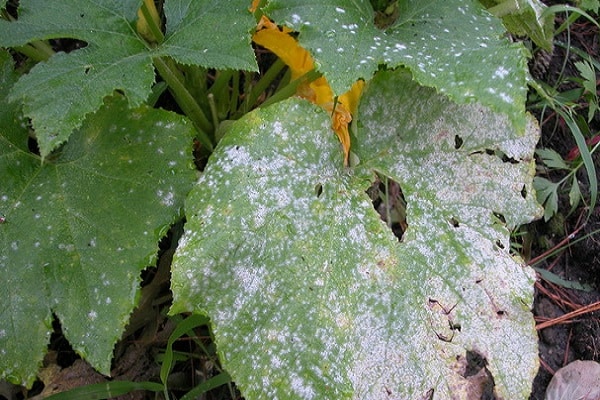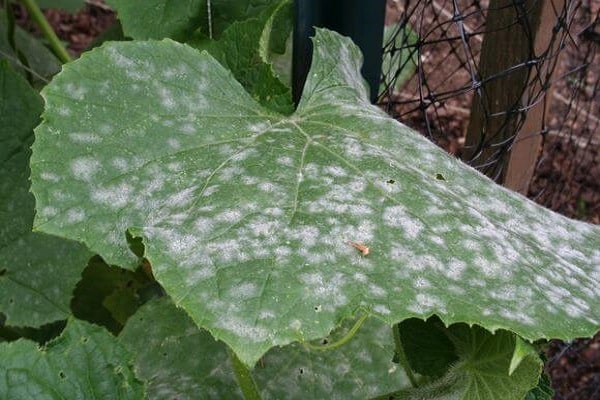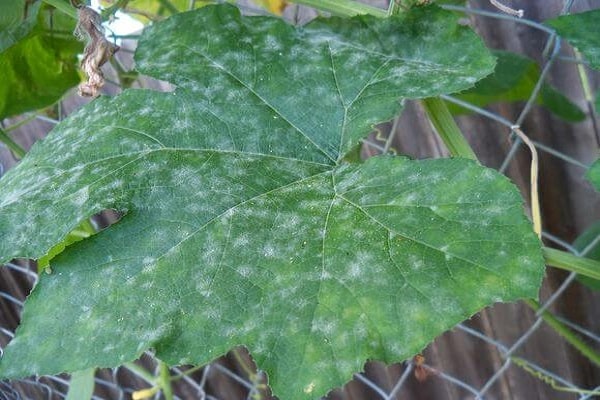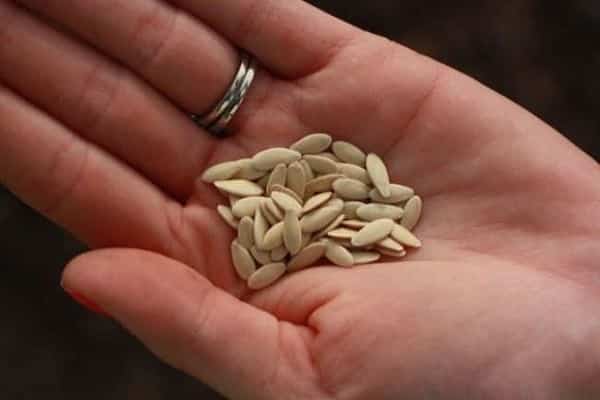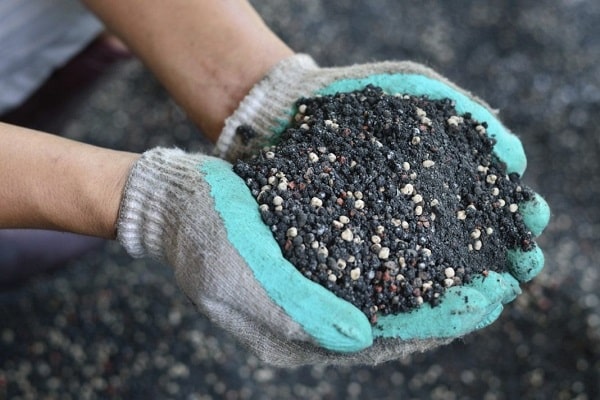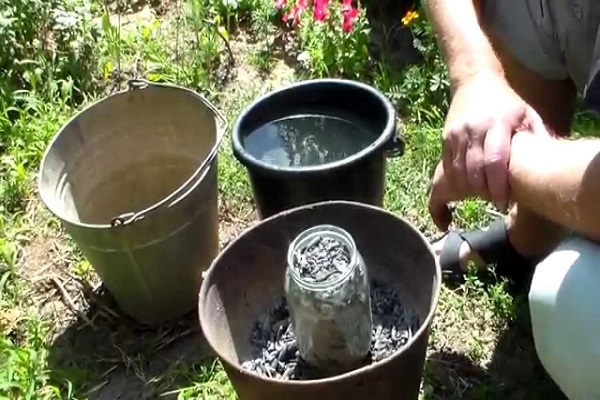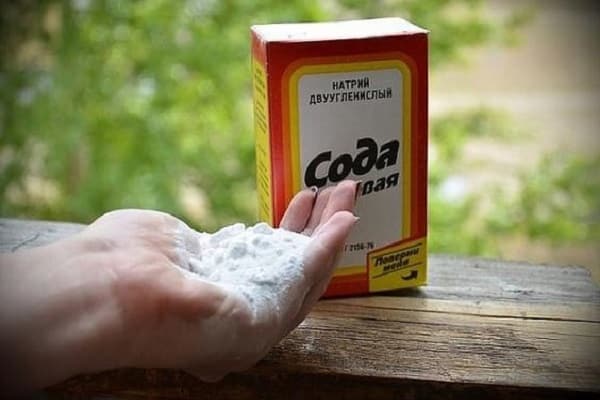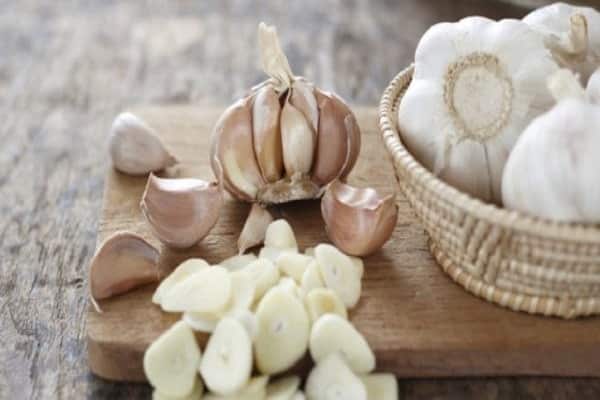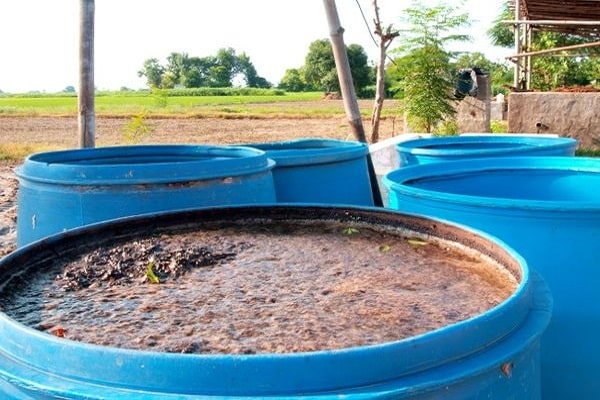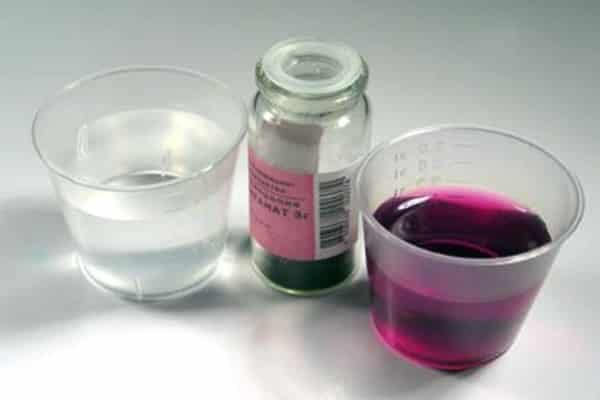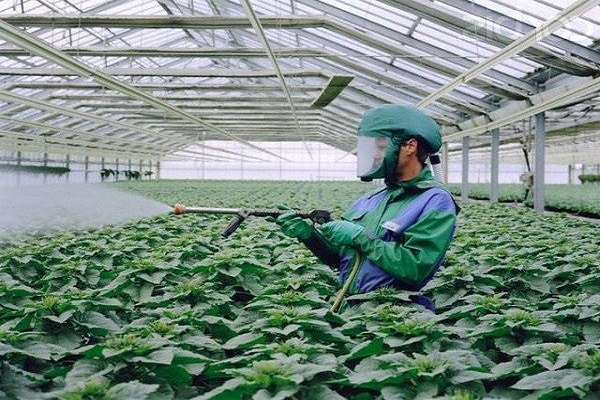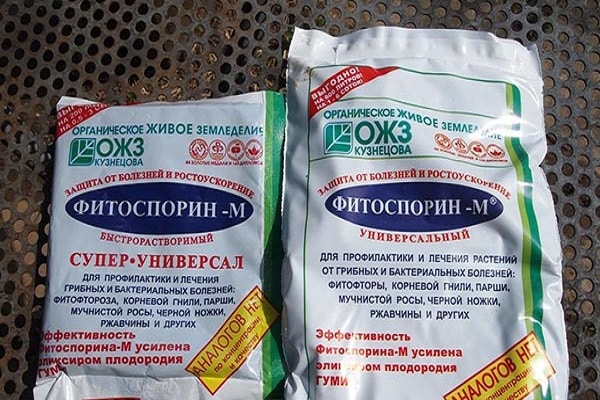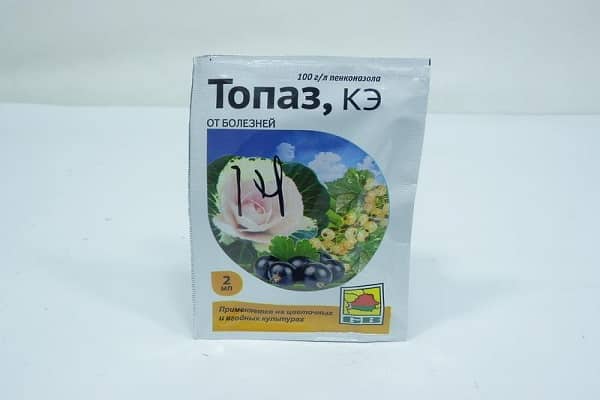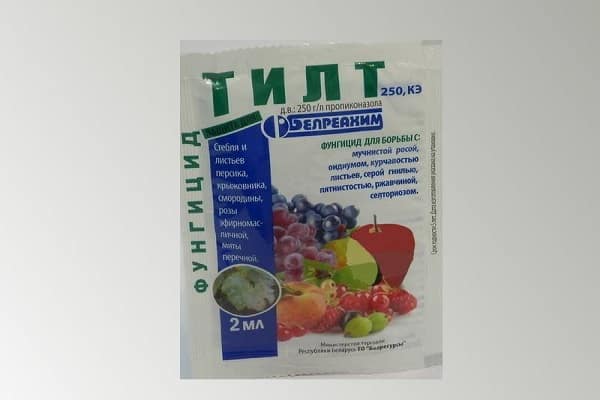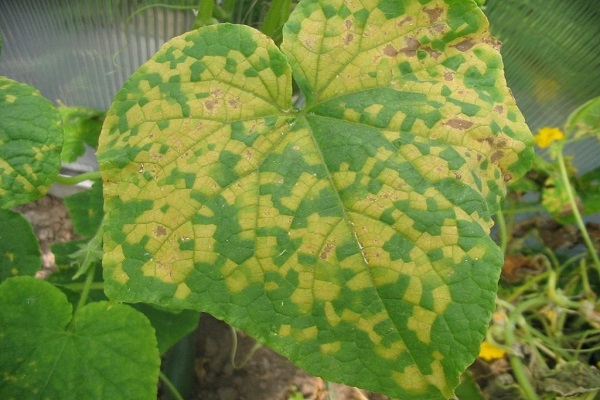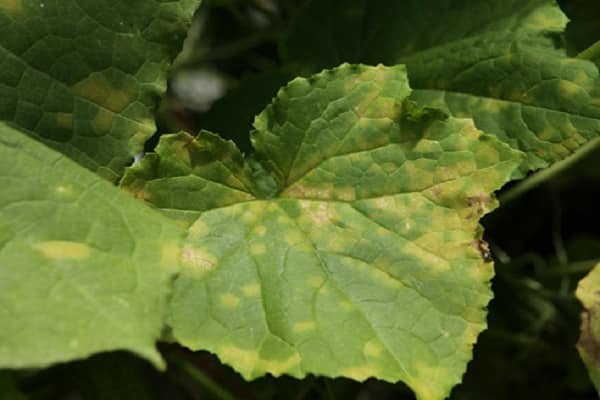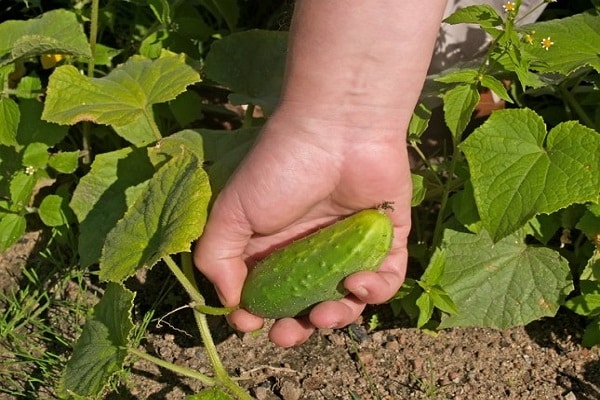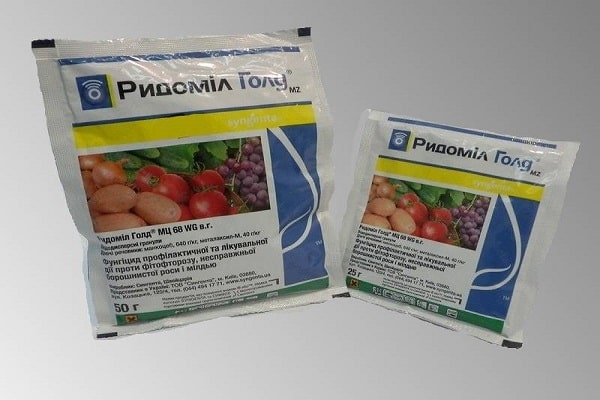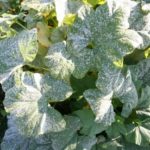When growing various crops, gardeners often encounter various plant diseases that negatively affect the harvest. Powdery mildew on cucumbers is a common agricultural disease that affects plants. There are a large number of ways to cope with the disease, but the most effective is the prevention of powdery mildew.
Description and signs of the disease
Powdery mildew is a fungal disease of vegetables that affects the stems and leaves.Fungi colonize the epithelial cells of the plant and contribute to the formation of mycelium - this is a white coating. The incubation period of fungi lasts from 3 to 5 days.
Favorable conditions for the appearance of powdery mildew are abundant humidity and warm weather. If in the summer, during warm weather, there were prolonged rains for several days in a row, then after a few days you can notice a white coating, and then yellowed leaves.
The most favorable temperature ranges from +16 to +22 degrees. It also requires large amounts of sunlight to become infected. Sudden changes in temperature during the night and day weaken the immunity of cucumbers, which contributes to rapid infection with powdery mildew.
In addition, powdery mildew appears when:
- Heavily thickened plantings of vegetables;
- A large amount of nitrogen in the soil;
- Overdrying or, conversely, overwatering the soil;
- Watering the beds when the top layer of soil has not yet dried out.
A damaged plant looks like this:
- A white fluffy coating appears in the form of spots on the leaves and stems of cucumbers;
- Wilting of leaves;
- Decrease in yield;
- The leaves become curled and then begin to fall off.
To treat powdery mildew on cucumbers, you can use traditional methods that are not inferior in effectiveness to chemical agents. They are also safer.
Prevention of cucumber diseases
The most effective way to cope with vegetable diseases is prevention. It is enough to follow simple rules for growing and caring for cucumbers and you will never have to treat plants for powdery mildew. It will take much less time to take preventive actions than to fight an already existing disease.
- For planting, you need to choose only high-quality seeds. Before sowing into the soil, they must be disinfected.
- Before planting both seeds and seedlings in the soil, you need to ensure that the soil is warmed up. The minimum soil temperature should be +12 - +16 degrees.
- Seedlings should be planted in pre-prepared soil. The soil is carefully dug up, all weeds are removed and watered with a solution of potassium permanganate. Then they mix it with manure and only then plant the seedlings.
- All plant residues after harvesting are burned away from the site.
- It is recommended to choose those cucumber seeds that indicate disease resistance.
- The beds are weeded regularly. Weeds not only prevent vegetables from growing, but also transmit diseases.
- Diseased leaves should be disposed of immediately to prevent the fungus from spreading further. They should be removed as quickly as possible.
- Regular application of fertilizer. Fertilizing needs to be done several times per season.
- It is important not to forget about crop rotation. Every year the place for sowing cucumbers should be changed. This will prevent powdery mildew from re-infecting your vegetables. If the soil has been contaminated, then in such places it is necessary to plant crops that are immune to powdery mildew.
Methods of preventing disease are always the most effective method for preserving the crop.
How to fight powdery mildew using traditional methods
Powdery mildew can be found not only on cucumbers, but also on other vegetables. It most often affects leaves, less often - stems, roots and fruits. Immediately after the first signs of powdery mildew appear, measures must be taken to treat cucumbers. For this you can use folk remedies.
Measures to combat powdery mildew on cucumbers:
- Soap and wood ash solution
You can cure cucumbers using laundry soap and ash. Grate the soap and mix with 200 gr. wood ash.Pour warm water over everything and mix thoroughly until the soap dissolves. Treat the bushes 3 times a week.
- Powdery mildew soda
You can cure cucumbers from powdery mildew using baking soda. You need to take 100 grams. soda, 75 gr. vitriol and 10 liters of water. Mix all ingredients and process cucumbers. It is necessary to water the soda liquid first on the foliage.
- Garlic
How to fight powdery mildew on cucumbers using garlic? Chop the garlic cloves along with the herbs and add water. Leave to infuse for 12 hours. Then spray the cucumber leaves for two weeks. You can also water part of the land where cucumbers grow with the infusion.
- Mullein
On cucumbers, powdery mildew can also be controlled with the help of rotted mullein. Using this remedy, cucumbers can be protected from death. 1 part mullein should be mixed with 3 equal parts water. Mullein should be infused for 3 days. You can process bushes both in open ground and in a greenhouse.
- Kefir
If you do not start treating cucumbers in time, they will turn yellow very quickly. To save the leaves, use kefir (you can even use expired one). The foliage is watered with kefir every 3 days.
- Potassium permangantsovka
If cucumbers have a white coating, then potassium permanganate will help deal with it. 2 gr. Dilute potassium permanganate in 10 liters of warm water. Spray the cucumbers with the resulting solution for 2 weeks. If the plaque does not disappear, then spraying can be continued.
Chemicals for cucumbers
In order to get rid of powdery mildew, a large number of chemicals have been created. Preparations can be purchased at any gardening store.
Recently, biofungicidal preparations have been gaining popularity.They are safe and non-toxic. Biofungicides can be used even during the formation of ovaries and fruits. There will be no negative effects on human health.
What medications help get rid of powdery mildew:
- Fitosporin
Fitosporin is one of the most popular remedies used to combat vegetable diseases. Fitosporin contains biofungicides that are based on bacteria. It is with their help that the use of the drug Fitosporin slows down the growth of fungal mycelium.
- Topaz
If the leaves begin to yellow, then Topaz is used. Get rid of powdery mildew with this remedy for one week. But it is worth remembering that Topaz is toxic to humans, so it is better not to touch cucumbers during treatment. The active substance is penconazole. For 10 liters of water you only need one ampoule. You can spray the foliage of cucumbers with a freshly prepared solution. The remains after spraying are poured out. The foliage should be sprayed every two weeks.
- Tilt CE
Tilt CE will help get rid of powdery mildew. Suitable for spraying in greenhouses. The active substance of this drug is propiconazole, which inhibits the formation of fungal spores. Available in the form of an emulsion. An increase in temperature enhances the action of the active components of Tilt CE. To protect plants from the harmful effects of fungi, it penetrates directly into the tissue. For 10 liters of water you need to take 40 grams. facilities. A few hours after spraying, a protective layer appears on the plants. It lasts for more than two weeks.
How to deal with downy mildew
In addition to powdery mildew, there is also downy mildew.The disease also mainly affects leaves. The main difference between these two diseases is that with downy mildew, the leaves immediately turn yellow, and there is no white coating.
If the leaves on the beds begin to turn yellow, then measures should be taken immediately. Experience shows that downy mildew is much more difficult to get rid of.
Factors that can trigger the appearance of this disease in crops are:
- Watering with ice water;
- Warm and humid air;
- Improper care of plants.
You can save the harvest using the following measures:
- Ventilate the part of the greenhouse where the cucumbers grow;
- Do not water the beds with cold water;
- Harvest periodically.
How to treat cucumbers with downy mildew
For treatment, you can use the same methods as when fighting the previous disease. You can also spray the beds with such preparations as:
- Ridomil;
- Cuproxat;
- Oksikhom.
Folk remedies are used to combat fungi. They are very effective and non-toxic to humans.

